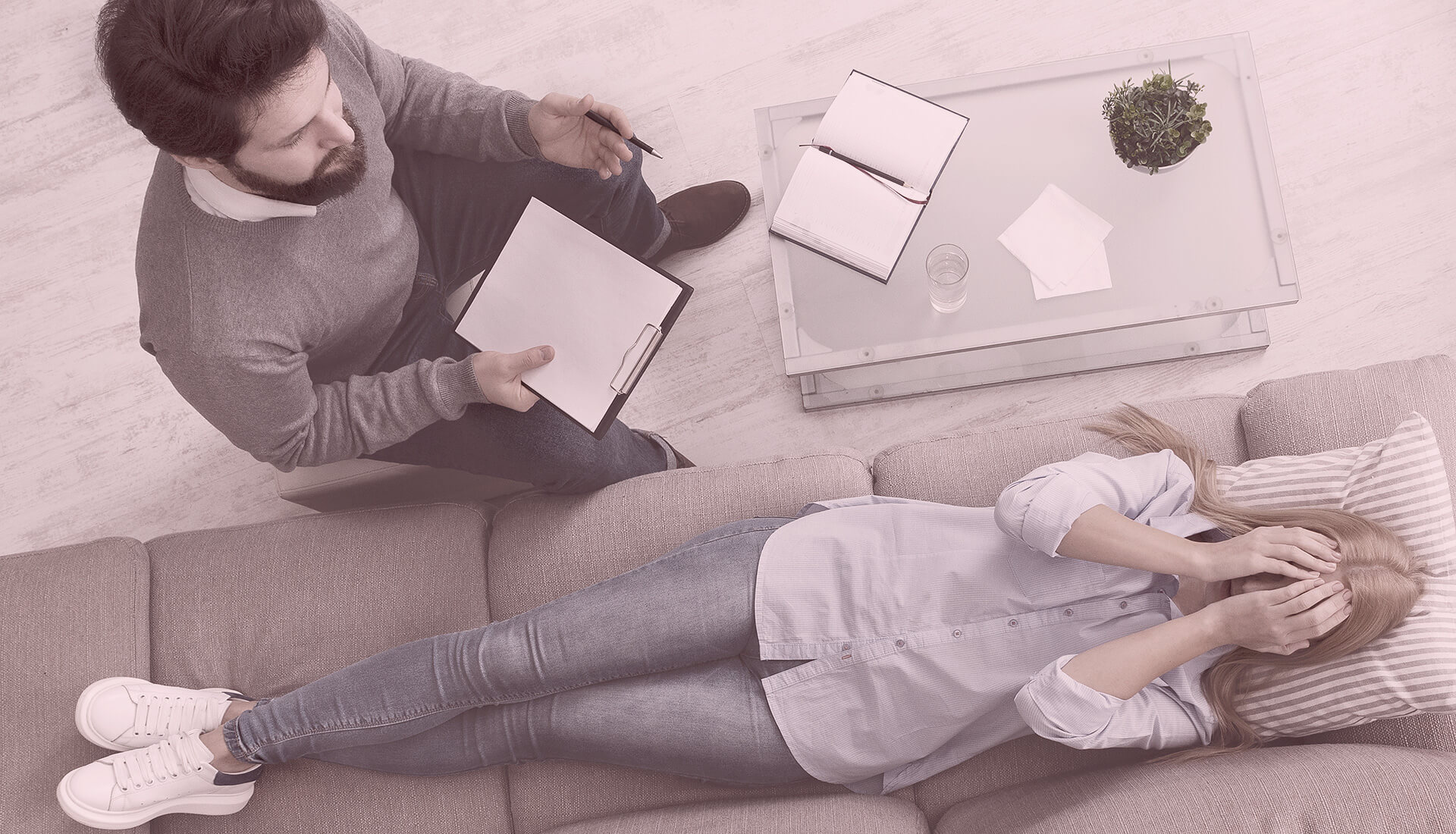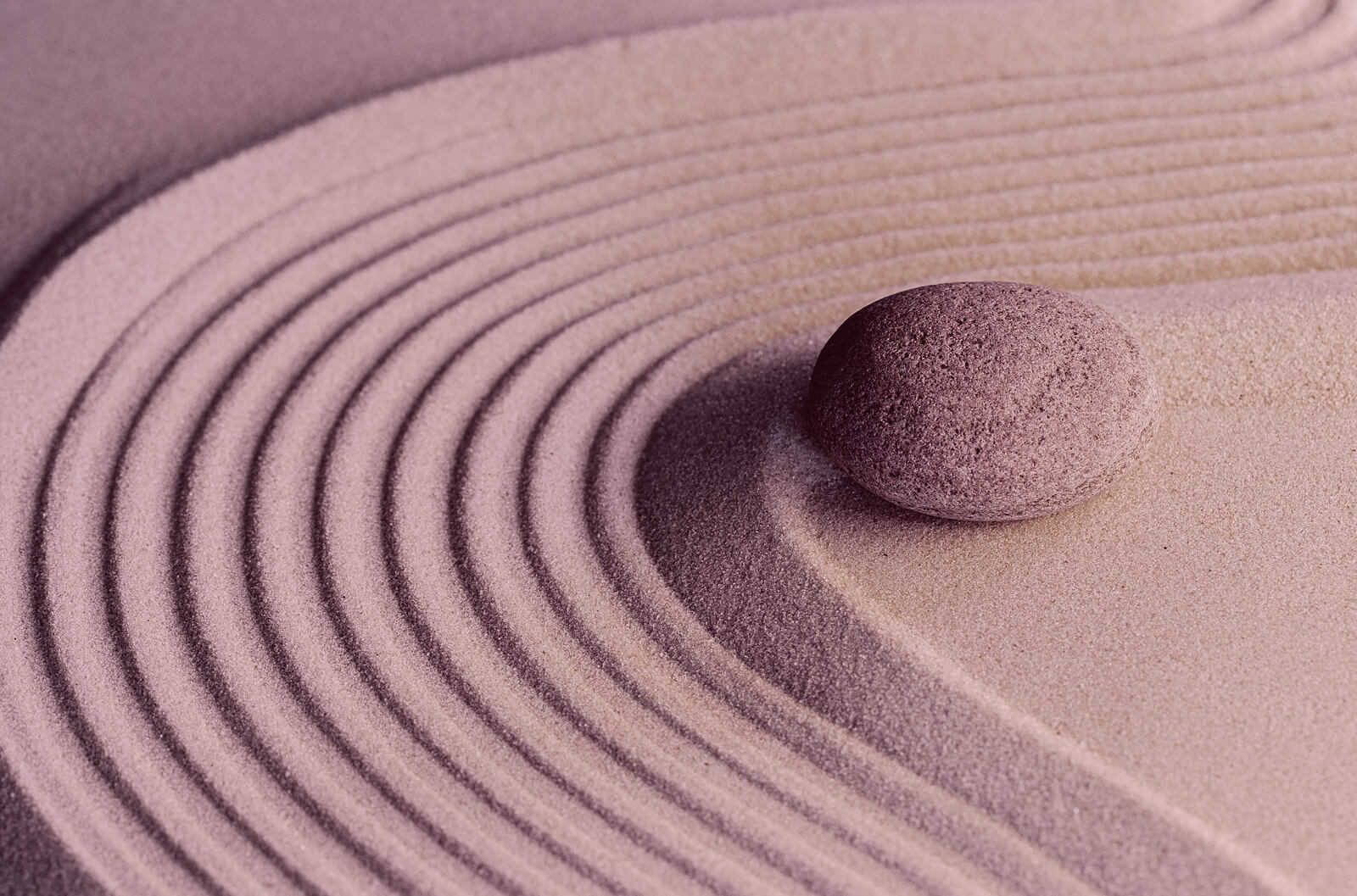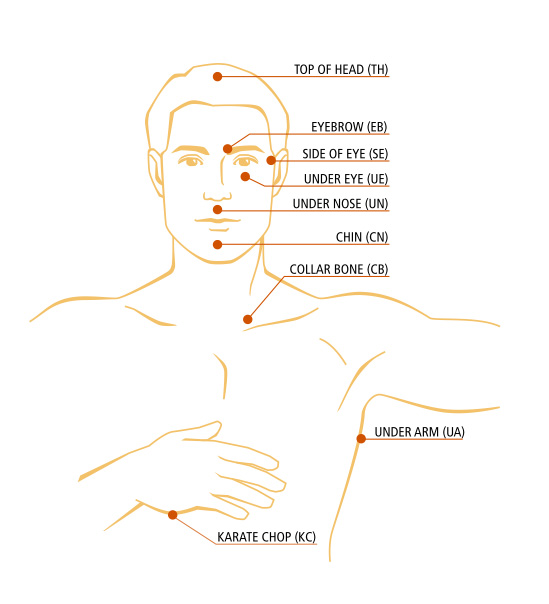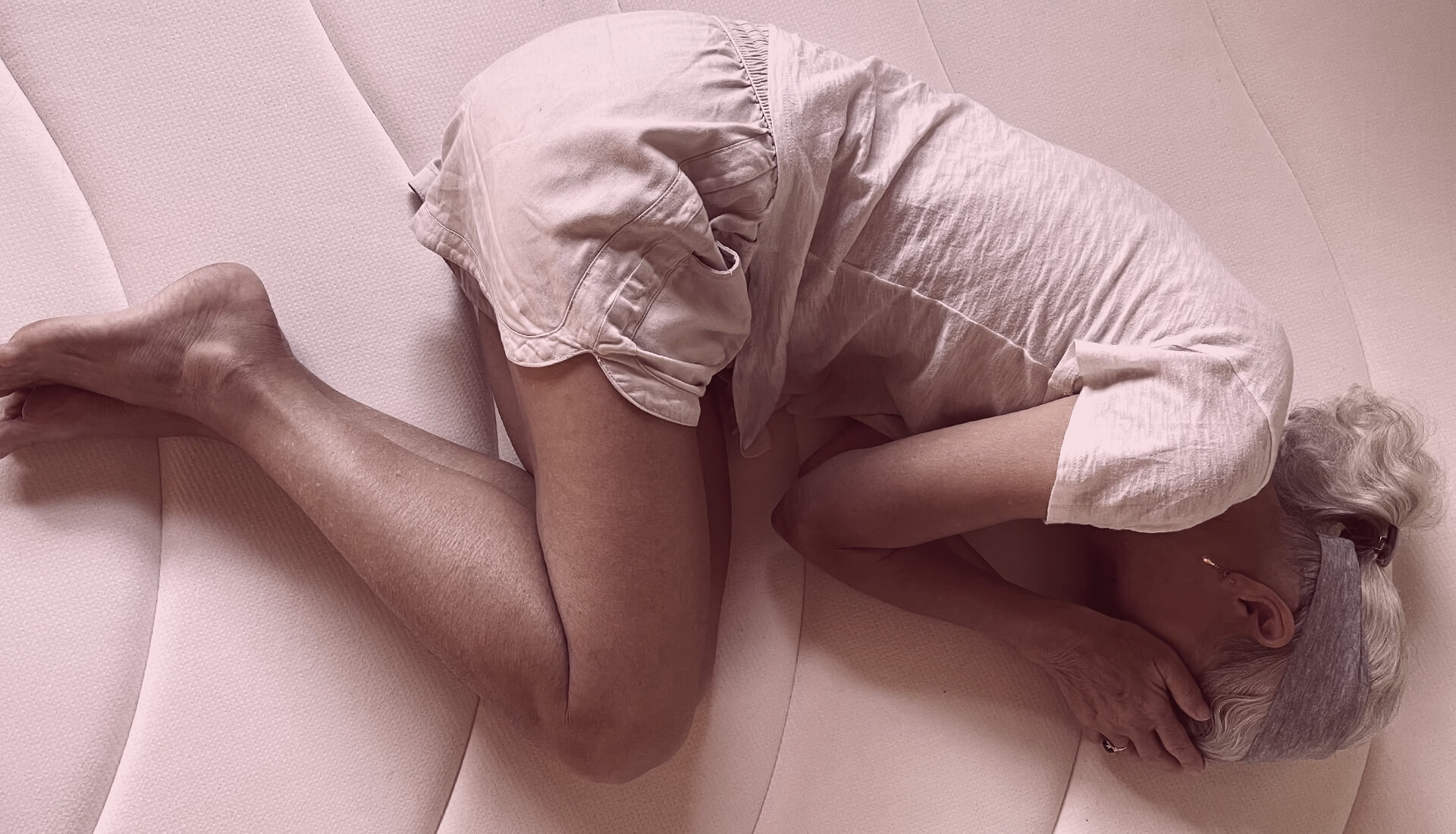WHAT IS TRAUMA?
Trauma is often described as the soul leaving the body. It is a manifestation of the pain that the body and mind endured and our system is trying to protect us from this pain. Despite the fact that we have a rational and logical brain which is the most sophisticated brain on your planet it comes with certain flaws. Trauma is piled-up energy that does not have an opportunity to leave our body and if it stays unreleased it starts to affect us in a very unpleasant way such as flashbacks, numbness, anxiety, dissociation, etc.
When we are in a dangerous and potentially traumatising situation we go into Fight, Flight, Freeze responses. They are instinctual parts of us that have been with us since the beginning of our race. In the end, we are just a different type of animal. People, unlike animals, however, inhibit their stress responses such as shaking and this unreleased energy can result in piled-up trauma which can exhibit later in life.
Research and observation of animals in their natural habitats have shown that if the cycle of threat response is completed the individual is less likely to be traumatised. The threat response is for example fighting off a predator or escaping the predator. Lion cubs after escaping the danger were shown to replay the ordeal in a safe environment and were learning more skills for the future.
To similar conclusions came academics who studied the case of the kidnapping of children in Chowchilla in 1976. Most of the children who survived were traumatised and were exhibiting long-lasting effects of trauma later in life. However, the child who instigated the escape and was focused on getting out instead of staying in the ‘Freez Mode’ unlike other children was found not to display symptoms of trauma later on.
I know that it is sometimes hard to establish what exactly is happening to your body and mind! However, if you recognised symptoms of Trauma or Post Traumatic Stress Disorder know that you are not alone and that it is treatable. Exercises which I will provide are a way to get better. The road is not simple but it will be worth it in the end.
I also recommend a book by Peter A. Levine ‘Waking the Tiger, Healing Trauma’ where the author is explaining trauma and the exercises in depth.
Babbett Rothchild came up with 8 Keys to Trauma Recovery and Treatment:
- Use mindfulness to recognise when you get activated in your body by strong emotions.
- Recognise that those flashbacks and emotions are attached to a memory and not to reality.
- Remembering of traumatic is not required but can be attempted if you perceive some value in it.
- Stop flashbacks with mindfulness and reality checks.
- Work on forgiveness. Forgive your limitations. Share your shame.
- Take smaller steps in recovery by starting with simple behaviours and daily adjustments.
- Make physical exercise a part of your routine.
- Making lemonade = try to find lessons and some consolation in the progress that you have made.

Contain Your Flashbacks
Flashbacks are one of the most common effects of trauma. They come as disturbing images in our head that are hard to control. This exercise will give you an idea of how you could try to address this issue.
In the beginning, trauma can be very intense, and proper addressing of flashbacks can be dangerous and put you at risk of retraumatization. That is why I suggest containing them before you address them later during the treatment.
Imagine a big container with thick walls, nothing is getting in or out. This container is impossible to penetrate. How do you feel about leaving your $1000 in it?
If it feels safe to leave it there with no worries then it must be a pretty safe space, right?
Now every time a flashback comes your way try to put it into that container so that you can look at it later. Assure the flashback that you will attend to it when you will be ready. After you do it perform a quick mindfulness exercise.
Focus on the environment that you are in at the moment. Search for 5 different things and describe them to yourself. (color, surface, shape, etc.)
IMPORTANT! READ BEFORE STARTING ANY EXERCISES
Healing trauma is possible but it needs to be done in safe steps so that you are not re-traumatised further. There is no need for you to discuss traumatic events if you are not emotionally ready for that. We will start with simple exercises which should help with strange bodily sensations which can accompany trauma such as numbness, dissociation, pain at the back of your neck/head, weird sensations in your chest, derealisation (seeing things like on a screen).
Through those exercises, we are trying to ‘Invite the Soul Back Into the Body’ to reconnect body and mind. I use the word ‘Invite’ because the soul escaped due to a terrible event. We need to assure the soul that it is safe to come back and that it will be coming back to a good world and happy body. Remember that meditation, mindfulness, and exercising are fundamental for healing trauma and anxiety.
AFTERMATH OF TRAUMATIC EVENT - steps
To avoid future trauma there are few tricks (Do not try those steps if you feel that it will be too much for you to recollect traumatic events! It can lead to re-traumatisation.):
- Allow yourself some rest and closeness with your friends and family, get reassurance after a traumatic event. (get a day or two off from work or school) – this step is safe for anyone
- It is ok to tremble and cry, emotional responses are NORMAL and NEEDED! – this step is safe for anyone
- When you feel that your body and mind will be more at ease try to go through what happened, you can do it with your friend or a therapist. But do it slowly, know your limits.
- When you are going through the recollection of events, do it in small steps. Focus on small things and check your bodily reactions, emotions, and thoughts.
- When you are ready you should try to experience the moment of impact. (eg. the moment when your car crashed) Bodily sensations and emotions may come up, it is normal. You should talk it over with someone.
- Researchers suggest that playing Tetris (a game available on every phone) can help with diminishing the risk of flashbacks after witnessing or going through a traumatic event. You should play that game no longer than half an hour after the event. The images from the game seem to be replacing traumatic images in the future and could prevent flash-backs.
SENSATION FOCUSED ACTIVITIES
Sensations and being aware of your own body are crucial for healing trauma and dissociative anxiety. Those reactions want the consciousness to leave the body and for us to not to feel anything because the memories and emotions are so strong they are threatening the internal system. With these types of exercises, you can make yourself aware of sensations on your skin and watch your body reconnect with your mind and soul. Step by step you will feel more grounded and back in your body.
Walk on various surfaces: grass, pebbles, concrete, cold floor. Preferably on a surface that can make you feel more sensations such as some level of discomfort, cold, or hot. Focus on those sensations and invite your soul back into your body.

SHOWER EXERCISE
Pulsing shower head (15-40$). It’s worth the cost! For 10 minutes or so every day, take a shower in the following way: at a cool or slightly warm temperature setting, expose your entire body to the pulsing water. Put your full awareness into the region of your body where the rhythmic stimulation is focused. Let your consciousness move to each part of your body as you rotate. Hold the backs of your hands to the showerhead; then the palms and wrists; then both sides of your face, shoulders, underarms, etc. Be sure to include every part of your body: head, forehead, neck, chest, back, legs, pelvis, hips, tights, ankles, feet. Pay attention to the sensations in each area, even if it feels blank, numb, or painful. While you are doing this, say ‘this is MY head.. neck…’, etc. ‘I welcome you back. You can also gently slap different parts of your body and repeat the sentences. If done consistently over time this exercise can help with numbness and reconnect body and mind.
BODY AWARENESS EXERCISE
Make yourself as comfortable as possible. Feel the way your body makes contact with the surface that is supporting you. Focus on your skin and notice the way your clothes feel. Sense what is happening underneath your skin – what sensations are there? Now, gently remembering these sensations.
How do you know that you feel comfortable? What physical sensations contribute to the overall feeling of comfort? Does becoming more aware of these sensations make you feel more or less comfortable? Does this change over time? Sit for a moment and enjoy the felt sense of feeling comfortable.
EVOKING AND OBSERVING EMOTIONS AND SENSATIONS WITH VISUAL AIDS
To do this exercise you will need a book or a magazine with a lot of pictures. Coffee table books, nature or travel magazines, and illustrated calendars work well. You do not want to do anything but look at pictures for this exercise. Reading uses different parts of the brain than the one that senses. In this exercise, you want to emphasise direct perception. Before opening the book, sense your arms and legs and notice the sensations where they make contact with the surface that supports you.
Next, add any other physical sensations you may be experiencing such as the feeling of your clothes, shoes, or hair. Finally, add any other sensations you feel such as tightness, openness, temperature, tingling, shaking, hunger, thirst, sleepiness, etc. Return to the felt sense throughout the exercise to bring your awareness more completely into your body and breath.
Look at the first picture. Notice how you respond to it.
Do you like it, feel natural about it, dislike it?
Is it beautiful, calming, strange, mysterious, haunting, joyful, sad, artistic, or something else?
Whatever your response is, just notice it. If there are several parts to your response, notice what they are. This is normal. We hardly ever have just one reaction to anything.
Now ask yourself: How do I know that this is my response to this picture?
Try to identify the bodily sensations that accompany your viewing of the picture. Some of the sensations may be subtle, others will be stronger. Whatever they are, just notice them.
Do you feel ‘energy’ move or suddenly stop?
If you feel the energy move, how does it move? Slow, fast, which direction?
Is there some kind of rhythm to the sensation?
Is it located in any particular part of your body?
Does it feel tense, loose, easy, relaxed, tingling, heavy, light, cool, dense, warm, invigorating, or something else?
Pay attention to your breathing and your heartbeat. Notice how your skin feels, and how your body feels overall. Experiencing any one of these sensations is a beginning point. Stay with the sensations for a few minutes and see if they change. They may stay the same, disappear, become stronger or weaker, or change to something else. Notice these dynamics. Whatever happens, just notice it. If the sensations become uncomfortable, just shift your attention elsewhere for a moment. Turn to the next picture and repeat the process. As you become more familiar with this process, you can move through the book or the magazine at a speed that is comfortable for you. When first learning to use the felt sense, you may find it is easier to access when you move slowly, focusing mainly on sensations.
EVOKING AND OBSERVING EMOTIONS AND SENSATIONS WITH VISUAL AIDS (ADVANCED)
Instead of using a book or a magazine for this exercise, you can also use photographs and memorabilia. A family photo album or a scrapbook containing memorabilia from a trip or an earlier period in your life is perfect. Any pictures should be mostly of people you know fairly well and places you have visited. Again, you don’t want to do anything but look at pictures for this exercise.
Begin by sensing your arms and legs and notice what you feel on the skin in spots where the limbs make contact with the surface that supports you. Add any other physical sensations you may be experiencing. Doing this every once in a while throughout the exercise will help you bring your awareness more completely into your body.
Have a look at the first page or picture. Notice how you responded to it.
What emotions does it evoke?
Do you feel happy, amused, apprehensive, vaguely upset, confused, sad, angry, loving, grateful, embarrassed, hateful, annoyed, disgusted, simply nostalgic, or something else?
All of those emotions feel different. They are all experienced differently. Whatever your reaction, just notice it.
If there are several reactions, notice what they are.
Is your reaction strong or mild?
If you can answer this question in terms of sensations in your body, you are on your way to being able to use the physiological undercurrent of emotion.
Now ask yourself: How do I know that this is my emotional reaction to this picture?
Try to identify the sensations that underline your reaction to the picture. Some of the sensations will be strong and some more subtle. Whatever they are, just notice them.
Do you feel any kind of tension or energy?
If so, how much of it is there and where is it?
Pay attention to your breathing, your heartbeat, and tension patterns throughout your body.
Notice how your skin feels. How does your body feel overall?
Does your reaction feel intense, powerful, fuzzy, smooth, jagged, tangled, numb, hot, loose, sticky, relaxed, heavy, light, cool, dense, warm, invigorating, tingling, vibrating, shaking, slimy, solid, or something else?
Where is the feeling in your body?
If the sensation seems to have some bulk, ask yourself what material it seems to be made out of. If you feel the energy move, how does it move – slow, fast, in what direction?
Is there some kind of swell to the sensation?
Where is it located?
Be as specific as you can.
How do you know what your reaction is?
If you notice that you are using words that are usually thought of as emotions, take each one and ask yourself: How do I know that I feel emotion?
Because emotions are based on connections with the past, the picture or memorabilia may bring memories of other events. Just notice the sensations that come with these memories in the same way. Keep reminding yourself to sense and describe what you are sensing.
Turn to the next picture and repeat the process. Remember to go slowly enough to be able to notice the sensations that arise in response to the pictures. For each picture or page of your scrapbook, stay with the sensations that are evoked for a few minutes and see if they change. They may stay the same or disappear, but they may also become stronger. Whatever happens, just notice it.
If the feelings or sensations become too strong or unpleasant, deliberately shift your attention to a pleasant experience that you have had, or that you can imagine having. Focus all your awareness on the bodily felt sensations of that experience instead. Shifting your attention to the other sensations will help the intensity of uncomfortable feelings subside. Remember that unresolved trauma can be a powerful force. If you continue to feel overwhelmed by the exercises or any material please stop reading, and try again later.
IMAGINING SCENARIOS AND CHECKING FOR EMOTIONAL AND BODILY RESPONSE
If you feel overwhelmed or deeply disturbed during any part of this exercise, please stop. The exercise might be too activating for some people.
For this exercise, you will need a pencil, paper, and a clock or watch with a second hand or a digital display. With a pencil in your hand and a clock or watch where you can see it, find a comfortable position and contact your felt senses. Tune into your arms and legs, and feel the sensations in your body being supported by whatever you are sitting on; now add your awareness to any other sensations that are present – the feeling of the clothes on your skin, the weight of the book in your lap, etc. You will need this awareness to do this exercise. Once you have a sense of how your body feels on the level of sensation, continue when you are comfortable. Proceed step by step through the exercise. For the best results do this exercise in one sitting. Read through it before you do it. As you read and experience it, get in touch with your feelings and thoughts through the felt sense.
Part One: Sit comfortably and pretend you are in an airplane flying 30,000 feet across the country. There has been some turbulence, but nothing out of the ordinary. Keep your awareness engaged as fully as possible and tune into your felt sense. Imagine that you suddenly hear a loud explosion – BOOM – followed by complete silence. The plane’s engines have stopped.
How does your body respond?
Notice the response in your breathing –
In your heartbeat –
The temperature in different parts of your body –
In vibrations and involuntary twitching and the intensity of movements –
In your overall posture –
In your eyes –
In your neck –
In your sight and hearing –
In your muscles –
In your abdomen –
In your legs –
For each item make a short note of your responses.
Make a note of the current time in minutes and seconds.
Take a deep breath and relax. Let your body return to the level of comfort you experienced before you started the exercise. Focus on the felt sense of that comfort and when you feel that you are ready to move on to the next part of the exercise. Make a note of the time in minutes and seconds.
Part Two: Visualise yourself sitting on the front step of some friends’ house waiting for them to come home. It’s a warm day and the sky is clear. You aren’t in a hurry so it feels comfortable to just jean back and enjoys the day while you wait for your friends to arrive. Suddenly, a man you had noticed walking on the street begins running straight toward you screaming and waving a gun. How does your body respond?
Finish the exercise as you did in Part One.
Part Three: Pretend you are driving your car on the freeway. Traffic isn’t bad, but your destination is still twenty minutes away. You decide this would be a good time to listen to some music. You have just reached for the radio when a semi-truck careens across the center divider and heads straight for your car. How does your body respond.
Finish the exercise as you did in the previous parts.
Part Four: Compare your answers for the first three parts of the exercise.
How similar are your responses to each of the three scenarios?
What is different?
How easy is it for you to relax now?
Make a note of the time it took you to relax after each exercise.
Most people have similar reactions to all scenarios. If you find it difficult to relax focus on some pleasant elements of your environment.
How many of the body responses indicate some form of constriction, tension, or tightening?
In terms of the body, constriction is a system-wide phenomenon. It dominates our earliest experience of threat, essentially affecting every function and part of the body.
During the last three scenarios you experienced in this exercise, did you imagine or create the responses in your body, or were they produced by your body as an involuntary response to the scenarios which you have envisioned?
In other words, did you make them happen or did they happen on their own?
Now attempt to deliberately make your body have such a response without envisioning a threatening scenario. Use a direct approach and see if you can make your body produce responses similar to those you experienced in the three scenarios.
Check it you can obtain the same result:
In your eyes
In your posture
In your muscles
In your level of arousal.
Now try all the above parts together at the same time.
When you compare your experience in this exercise to your experience in the earlier one, how is it similar?
How is it different?
Tapping Technique for Anxiety
Tapping is a technique that combines psychological self-talk and putting pressure on neurological points which are related to stress experienced by our bodies. Effective before an important event, meeting, or stressful situation. We are doing all the tapping with our fingers.
We start with a point which is on a side of our left hand (if you are left-handed you can tap on a side of your right hand). This point is called a Karate Chop Point.
Next, we move on to Top of the Head. Next is Eyebrow Point which is on the bone at the spot where the eyebrow begins. After that, we move on to SIde of the Eye Point which is also on the bone (do not tap on your temple but closer to the eye). The next points are Under the Eye, Under the Nose, Chin, Collarbone, and Under the Arm.

Establish the level of your anxiety and give it a number from 1 to 10 (1- not very anxious and 10 – extremely anxious). You will repeat the exercise as many times as the number of the strength of your anxiety. So if you think that your stress can be described as number 3 on the scale then do the exercise 3 times.
The first part of the exercise is supposed to help you acknowledge your stress and validate your feelings. Think of a ‘set up’ statement. This sentence should include the acknowledgment of what is causing you stress and the reassuring part which will manifest acceptance of your feelings. It could look something like this:
‘Even though, I am anxious about this meeting
I accept how I feel and I give myself permission to relax.’
You can treat it as a conversation with a friend, during tapping on each point you can change your statement:
‘So many expectations…’
‘The stress around this meeting….’
When you start to feel calmer you can proceed to more positive exclamations. For example:
‘You are relaxed and confident’
‘You are ready to share your ideas’
You decide when you want to move on to the positive affirmation part. Through this technique, you are letting your body and mind know that despite the stressful situation it is safe to relax.
Message today to try anxiety therapy and trauma therapy. If you’ve experienced sexual trauma Love Empowerment Clinic can help as well. Try art therapy trauma approaches and mind-body mindfulness approaches to healing.

